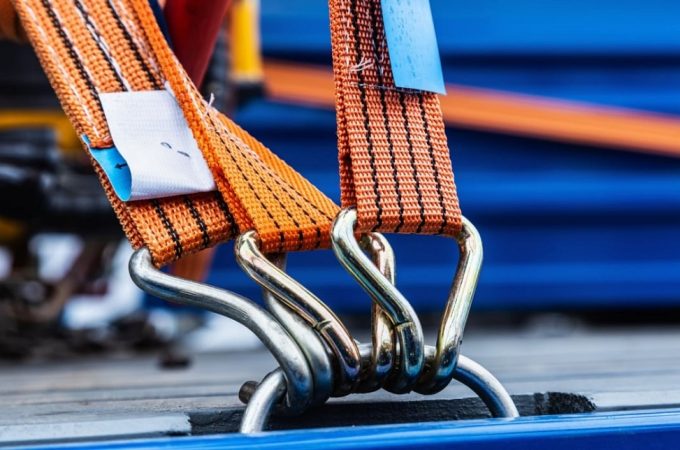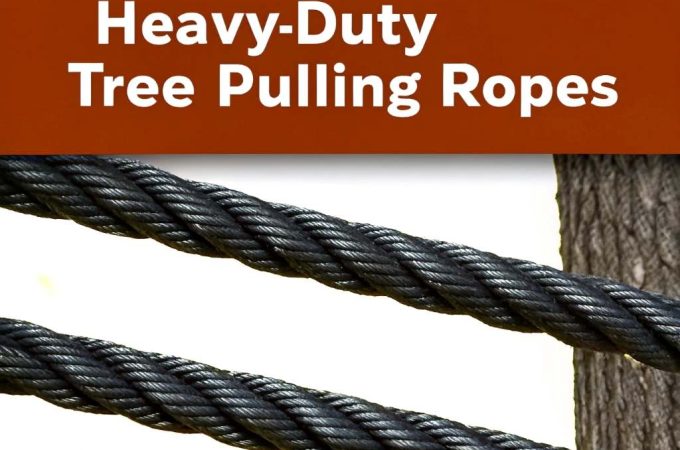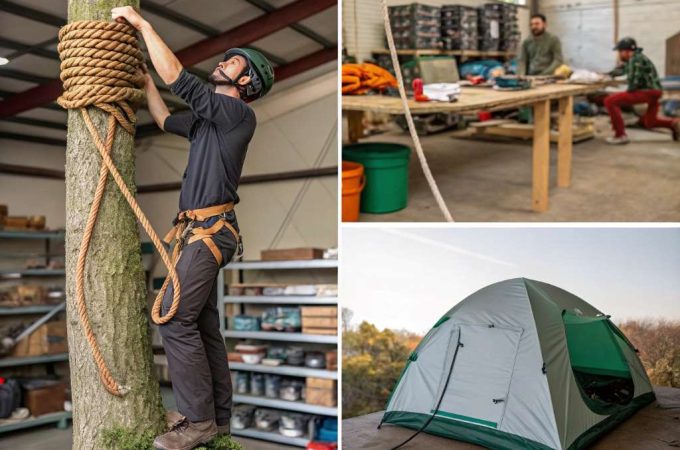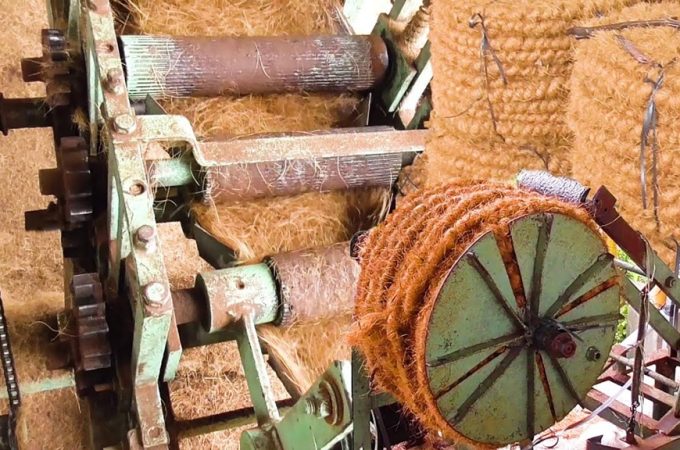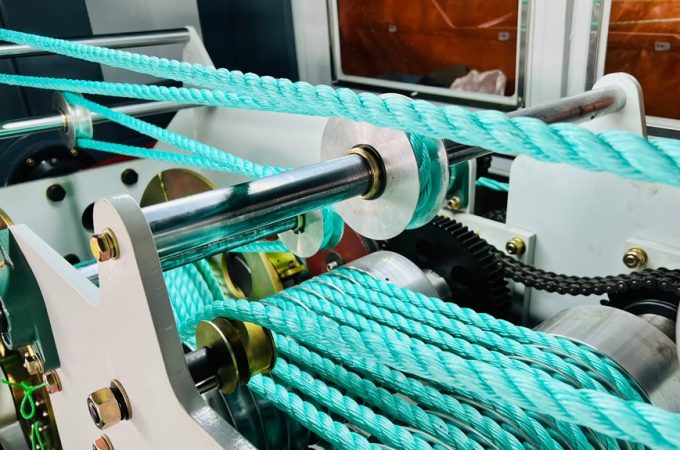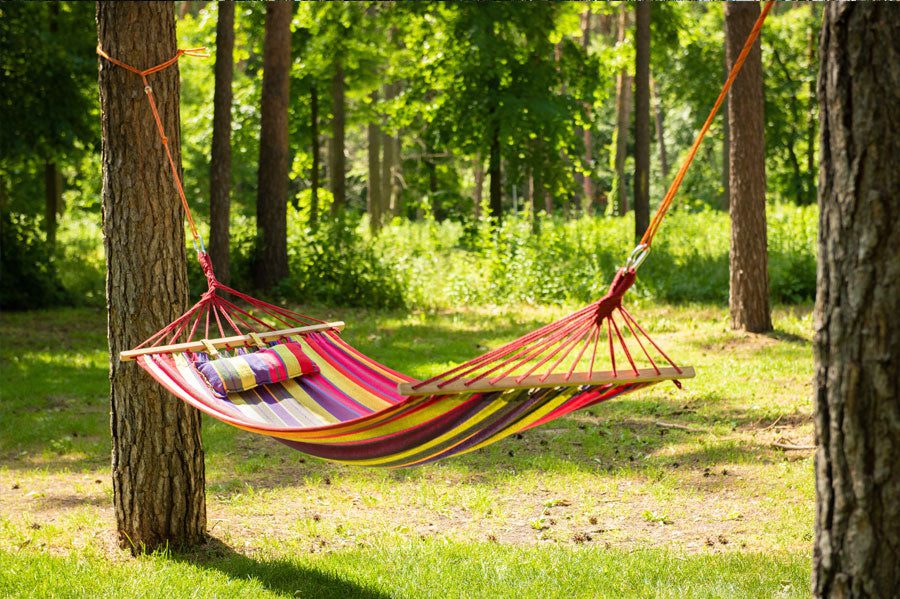
How to Tie a Rope Swing: Your Ultimate Guide
To tie a rope swing, secure a strong rope to a sturdy branch using a bowline knot. Ensure the knot and branch can bear the weight intended for the swing.
Contents at a Glance
ToggleCreating your own rope swing can add a touch of nostalgic fun to any outdoor space. Whether you have a grand oak in your backyard or a suitable tree in a nearby park, a well-constructed rope swing provides hours of entertainment.
Before starting, select a high-quality, durable rope and a robust tree limb that is high enough for a thrilling swing but low enough to be safe. The process involves inspecting the chosen branch for health and stability, followed by safely securing the rope with a reliable knot. This simple outdoor project demands careful attention to detail to guarantee the safety and longevity of your swinging adventure. Remember to choose a location wisely, ensuring enough clearance for swingers and no obstacles in the vicinity that could pose a danger.
How To Tie A Rope Swing: Your Ultimate Guide
Finding an appropriate tree is imperative for safety and durability of a rope swing. Search for a sturdy, mature tree with a horizontal branch at least 8 inches in diameter, roughly 15 to 25 feet off the ground. The branch should be clear of obstructions, ensuring a safe swing path.
Selecting the ideal rope is just as crucial as the tree. Opt for a synthetic fiber rope, such as polypropylene or polyester, for its resistance to weathering and rot. The rope diameter should be comfortable to grip, typically between 3/8 inch to 5/8 inch.
Before starting, ensure you have all the necessary tools and materials. This includes a stable ladder, safety gear, and the selected rope. A saw may be needed to trim the branch, and carabiners or hooks can secure the swing.
Swingset Outdoor for Kids
Brand: Swurfer
Color: Disc Tree Swing
Product Dimensions: 5″D x 13″W x 14″H
Frame Material: Plastic
Seat Depth: 16 inches
Material: Plastic
Item Weight: 1.45 Kilograms
Maximum number of compatible seats: 1
Maximum Weight Recommendation: 150 Pounds
3-in-1 Outdoor Fun
Easy Height Adjustment
Easy Grip
Simple Set Up
Select Your Spot
Selecting the perfect spot for a rope swing is crucial to ensure safety and enjoyment. Assess the area by checking for a sturdy tree with a strong, horizontal branch at an ideal height between 10 to 20 feet above ground level. This height allows for sufficient swing arc and enjoyment while maintaining safety.
Ensure there are no obstacles in the swing’s path, such as other trees, boulders, or structures. The landing area should be free of hazards like sharp objects or dangerous terrain. Regularly inspect the rope and branch for wear and tear to prevent accidents.
| Assessment Criteria | Details |
|---|---|
| Height of Swing | 10 to 20 feet above ground level |
| Obstacle Clearance | No obstacles in the immediate swing path or landing area |
Pick Your Rope And Branch
To ensure your rope swing is safe and durable, selecting the right type of rope is crucial. Manila, polypropylene, and braided polyester ropes are highly recommended due to their resilience against weather conditions and strong load-bearing capacity. Assessing the rope length requires consideration of the swing’s height from the ground and the distance from the branch to the seat. A rope with a thickness of at least 3/4 inches ensures both comfort and strength.
The selection of a branch is equally vital. It must be robust enough to support weight and free of signs of decay or disease. A branch suitable for a swing should have a diameter of at least 8 inches, allowing it to bear the stress of repetitive use. Conducting a thorough health inspection of the branch, considering signs of cracks or weak joints is paramount to prevent accidents and ensure long-lasting entertainment.
Outdoor Surfing Tree Swing for Kids
Outdoor SwingBoard
Brand: Swurfer
Color: Swurfer 2.0 Green
Product Dimensions: 27″D x 9.5″W x 3.5″H
Frame Material: Plastic
Seat Depth: 27 inches
Material: Rubber
Item Weight: 2 Pounds
Maximum Weight Recommendation: 200 Pounds
Maximum number of compatible seats: 1
Others:
Stand-Up Design
Durable
Adjustable Handles
Easy Installation
Weather-Resistant
Knots And Tying Techniques
Making sure your rope swing is secure starts with mastering the art of knot tying. Begin by selecting a durable rope and a strong, healthy tree branch. To create a reliable rope swing, focus on the Bowline knot, well-known for its strength and stability. Loop the rope around the chosen branch, then feed the end through the loop to form a basic knot. Tighten this by pulling the standing part while holding the tail.
Next, for enhanced security, tie a Running Bowline by making a loop with the tail of the Bowline knot, then wrapping it around the standing part of the rope and back through the loop. This creates a noose-like knot that tightens under pressure but doesn’t slip. Test the knots by carefully applying weight, ensuring they hold firm without slipping or showing signs of wear.
Regularly inspect the knots for signs of damage or loosening over time. Safe enjoyment of your rope swing depends on consistent maintenance and vigilance in testing knot stability.
Assembling The Swing Seat
Selecting the right seat material is crucial for both comfort and durability. Common options include wooden planks, old tires, or sturdy plastic. Wooden seats offer a classic look, generally requiring varnish or sealant to protect against the elements. An old tire is a great recycling option, secure and able to withstand various weather conditions, while sturdy plastic can provide modern aesthetics and easy maintenance. It’s essential to choose a material that supports the weight of the user and resists wear over time.
Properly attaching the seat to the rope is fundamental in ensuring the swing’s safety. Begin by threading the rope through the holes or loops of the seat. Tie a secure knot, like a bowline or figure-eight, which handles stress well. Always double-check knots for stability before use.
Adjusting the seat height ensures accessibility and enjoyment for all ages. The ideal height is typically about 18 inches (45 cm) above the ground. To adjust, simply untie the knot, reposition the seat, and retie securely. Test the swing carefully after any adjustment.
Safety Measures
Ensuring the safety of your rope swing involves routine maintenance checks to identify any signs of wear or damage. It’s imperative to inspect the ropes regularly for fraying, and the attachment points for any signs of weakness or rust. Securing knots should be tight and checked frequently to prevent slippage that could lead to falls.
- Examine the tree limb or support beam for stability before every use.
- Test the swing at a lower height first to ensure it can support weight adequately.
- Advise all users to hold on tightly with both hands during swinging.
Weight limit adherence is crucial in preventing accidents. Follow the manufacturer’s recommendations and consider the combined weight of the user and any additional forces generated while swinging. Any adjustments or enhancements to the swing should only employ materials that meet or exceed the original equipment’s strength and durability.
Installation Tips And Tricks
Ensuring the rope swing has extra support is crucial for safety and durability. To reinforce the swing, one can use steel or carabiner mender links to connect the rope securely around the branch. It’s important to inspect the chosen tree limb carefully, selecting a healthy, thick branch that can withstand the weight and motion of the swing.
Proper balance is key for a smooth swinging experience. Users should hang the rope at equal lengths to maintain an even keel. Doing so avoids an uneven swing, which can put undue stress on the rope and supports, potentially leading to premature wear or failure.
To prevent rope fray, it’s advisable to take protective measures. Implementing a rubber or plastic hose around the section where the rope comes into contact with the tree branch can significantly reduce wear. Alternatively, one could use a commercial tree swing hanging kit, which often includes abrasion-resistant straps to safeguard the rope against friction damage.
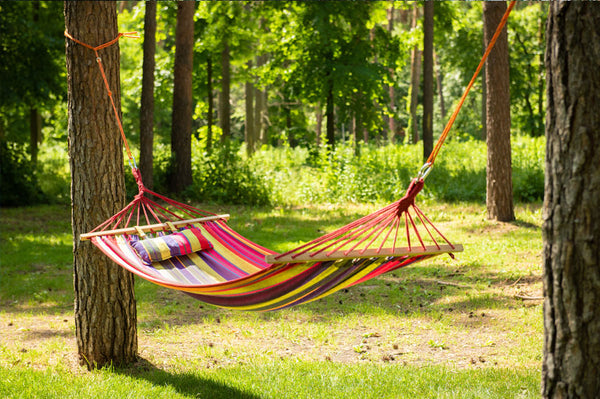
Credit: www.hammockuniverse.com
Personalizing Your Rope Swing
Personalizing your rope swing extends beyond simply choosing the right spot to hang it. Let’s dive into ways to make your swing uniquely yours with vibrant creativity and comfort.
Creative Design Ideas: Use bold colors for your rope and seat to make the swing pop against the backdrop of your yard. Consider weaving in patterned ribbons or strings to add a playful touch. For the ambitious, wood-burning designs on a wooden seat can create a rustic and customized look.
- Seasonal Decoration Suggestions: Outfit your swing with seasonal accessories to keep it festive all year round. In spring, wrap soft pastel garlands around the ropes. During fall, attach faux leaves or pumpkin accents for an autumnal feel.
- In the holiday season, twinkling lights and red ribbons evoke a cozy, festive atmosphere.
Adding Comfort Features: For enhanced comfort, attach a weather-resistant cushion or hang a soft, outdoor blanket over the seat. If the swing is large enough, consider adding a supportive backrest or side pillows to ensure a relaxing swing experience.
Round Disc Swing for Kids Outdoor
Brand: PLAYVIBE
Color: Multicolor
Product Dimensions: 40″D x 40″W x 5″H
Frame Material: Alloy Steel
Seat Depth: 16 inches
Material: Polyester
Maximum Weight Recommendation: 900 Pounds
Others:
Large Round Swing
Durable Platform Swing
Hanging Swing Set Accessories Included
Easy Assembly
Round Disc Swing with 900Lb Weight Capacity
Upkeep And Longevity
Protecting your rope from weather is crucial to maintaining your rope swing. Ideally, use a rope made from synthetic fibers such as polypropylene which is resistant to moisture and decay. You can further protect your rope by applying a water repellent or by storing the swing in a sheltered location during adverse weather conditions.
Regularly inspect your rope swing to determine when to replace your rope. Signs of fraying, discoloration, or brittleness indicate a weakened rope which can be a safety hazard. As good practice, plan to replace your rope every few years, or more frequently if it shows signs of wear and tear.
Ensuring tree care for swing longevity involves selecting a healthy, strong branch and using a tree-protective strap to minimize damage. Regularly inspect the branch for signs of stress or damage to prevent potential harm to both the tree and the users of the swing.
Frequently Asked Questions On How To Tie A Rope Swing
What Is The Best Knot To Tie For A Rope Swing?
The Bowline knot is widely considered the best choice for securing a rope swing, as it is strong, secure, and easy to untie after use.
How Do You Make A Simple Rope Swing?
Select a sturdy branch and secure a durable rope around it. Attach a wooden seat to the rope’s end. Ensure everything is tightly fastened and safely tested before swinging.
How Do I Keep My Rope Swing From Twisting?
To prevent a rope swing from twisting, use a swivel hook where it attaches to the tree. Ensure ropes are straight during installation. Regularly check and untangle any twists. Choose a single attachment point over multiple to minimize rotation. Opt for twisted rope over braided for less spin.
What Materials Are Needed For A Rope Swing?
To make a rope swing, you’ll need a sturdy, weather-resistant rope, a safe, durable seat (wooden plank, tire, etc. ), and secure hardware (carabiners, eye bolts). Tools for installation, like a drill and saw, may also be required depending on the chosen seat design.
Conclusion
Tying the perfect rope swing is an art that combines fun with nature. With these steps, you’ll create a lasting source of joy. Just remember, safety comes first and always double-check your knots and branch strength. Get ready to embrace those carefree moments and let the laughter soar.
Happy swinging!




